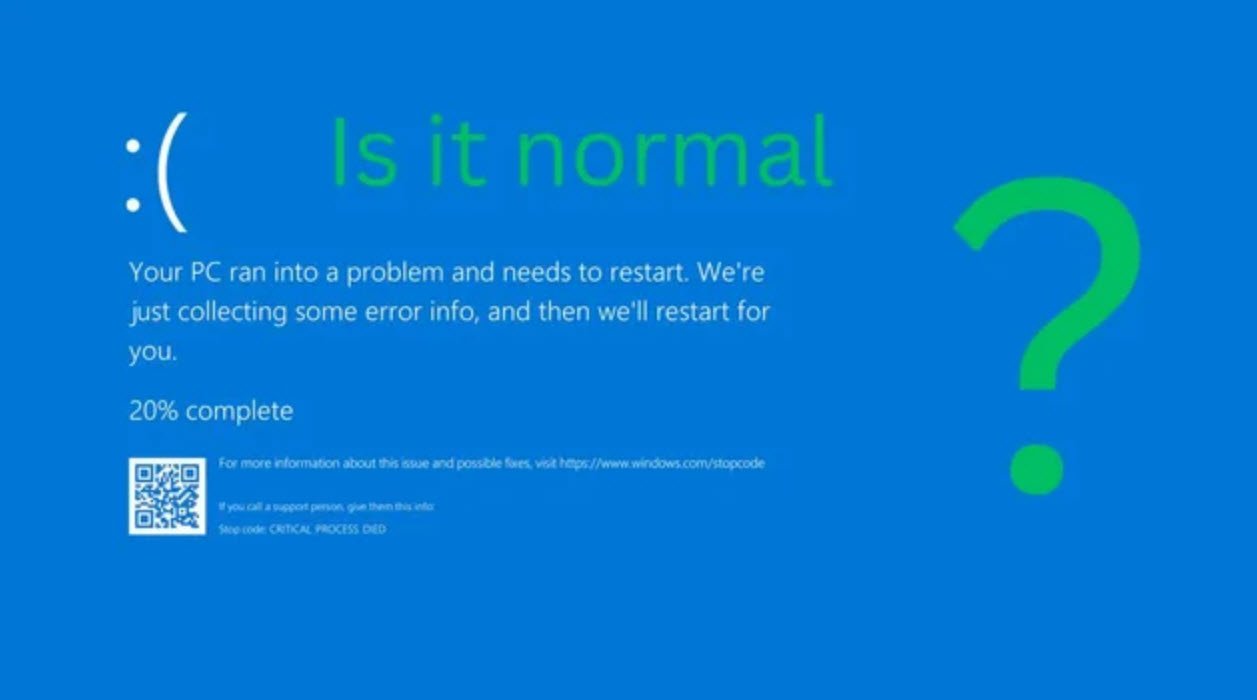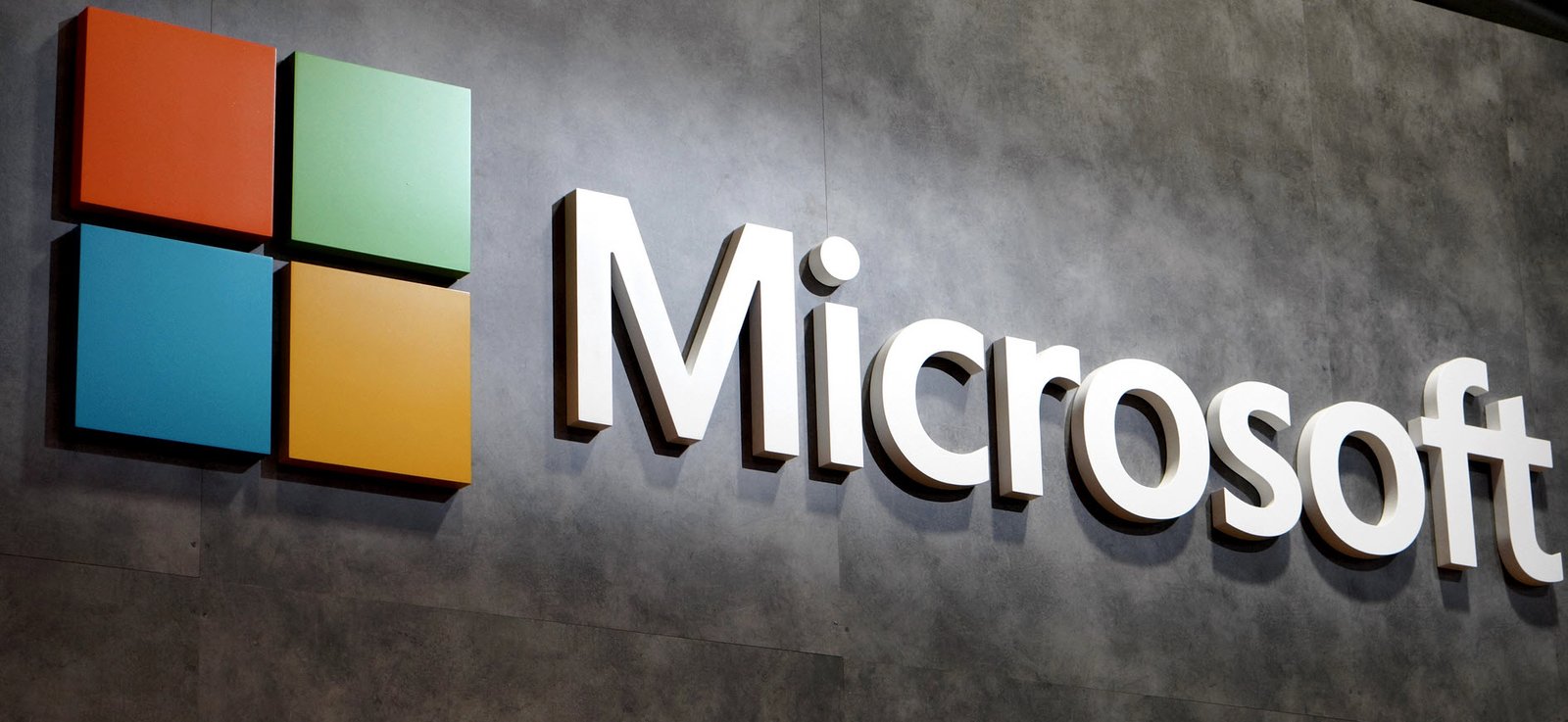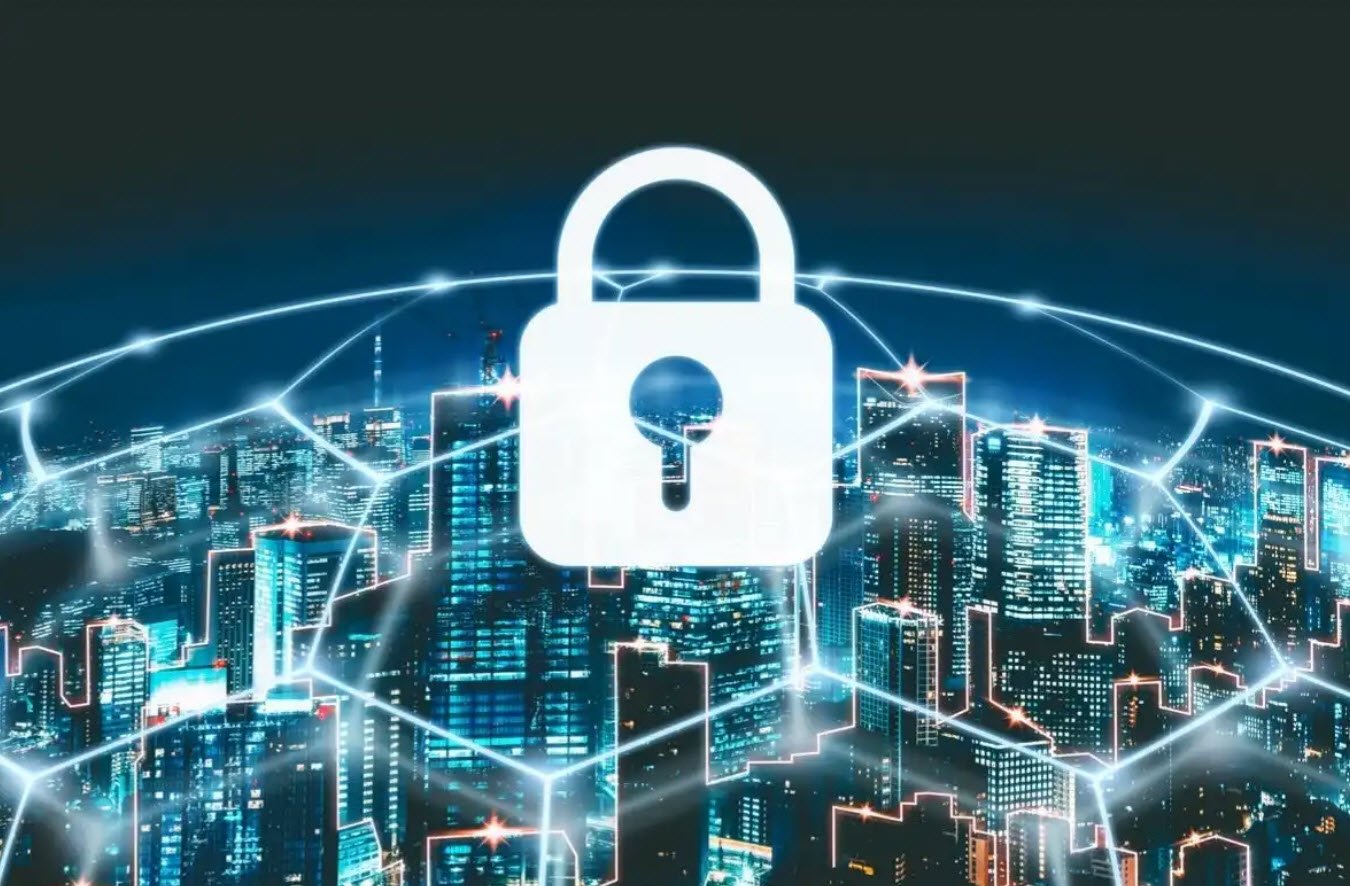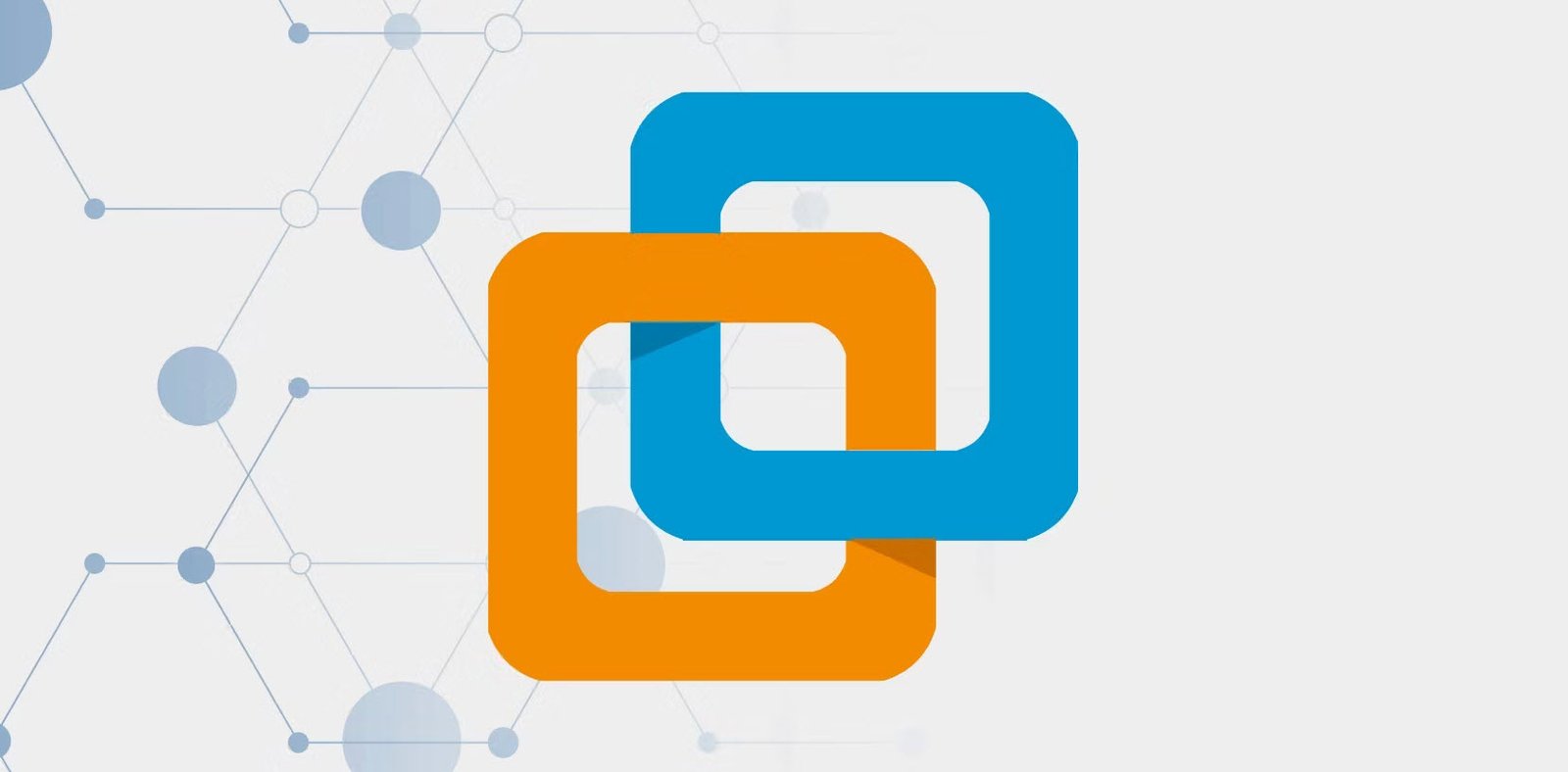
In the corporate world, where data and information are invaluable assets, ensuring their security and integrity is paramount. To maintain transparency, compliance, and safeguard against potential risks, organizations employ a powerful tool known as an audit.
Traditionally, an audit refers to an independent review of a given subject to assess conformance with required standards. In today’s digital landscape, the realm of auditing has expanded to encompass Electronic Data Processing (EDP) audits, which play a crucial role in assessing compliance, security practices, and risk management in organizations.
The Purpose of EDP Audit
An EDP audit serves as an essential mechanism to verify whether an organization adheres to its established policies and security procedures. This independent review aims to identify gaps in compliance and ensures that necessary measures are in place to protect sensitive information. EDP audits go beyond mere policy compliance and delve into the monitoring and analysis of systems, networks, and end-user activities to detect any irregularities or potential threats.
Risk Assessment
One of the core aspects of an EDP audit is conducting a comprehensive risk assessment. This involves evaluating the risks associated with an organization’s systems and networks to determine the adequacy of existing controls in protecting valuable assets. By identifying potential vulnerabilities, an EDP audit empowers organizations to proactively address security weaknesses and strengthen their defenses against cyber threats.
Key Areas of Review in a Security Audit
A security audit encompasses a wide range of crucial elements, each playing a pivotal role in safeguarding an organization’s data and operations. Some of the key areas reviewed during an EDP audit include:
- Desk Manuals and Procedures
- Segregation of Duties
- Physical Controls
- User Authentication Controls
- Audit Trails
- Disaster Recovery and Business Resumption Plans
- Application Development and Implementation Controls
- Data Integrity Monitoring
- Adherence to Policies and Procedures
1. Desk Manuals and Procedures:
Ensuring that desk manuals and procedures are up-to-date is vital in maintaining consistency and adherence to established protocols. Regularly reviewing and updating these documents helps to ensure that employees have access to accurate guidelines for performing their tasks securely and effectively.
2. Segregation of Duties:
Proper segregation of duties is essential in preventing fraudulent activities and minimizing potential errors. An EDP audit assesses whether roles and responsibilities are appropriately assigned and includes proper reviews of work to avoid conflicts of interest.
3. Physical Controls:
Physical security measures are equally crucial in protecting an organization’s assets. An EDP audit evaluates whether adequate physical controls are in place to safeguard critical infrastructure, hardware, and data centers from unauthorized access.
4. User Authentication Controls:
Verifying the effectiveness of user authentication controls is vital to prevent unauthorized access to systems and sensitive information. The audit assesses whether strong password policies, multi-factor authentication, and access controls are properly implemented.
5. Audit Trails:
Maintaining audit trails is a fundamental aspect of tracking system activities and changes. The EDP audit ensures that audit trails are in place and effectively monitored to detect any unusual or suspicious behavior.
6. Disaster Recovery and Business Resumption Plans:
An EDP audit examines the organization’s disaster recovery and business resumption plans to assess their adequacy in mitigating the impact of potential disruptions. Regular testing of these plans is essential to ensure they can be relied upon during crisis situations.
7. Application Development and Implementation Controls:
The audit scrutinizes the controls in place for application development and implementation processes to prevent security flaws and vulnerabilities in software systems.
8. Data Integrity Monitoring:
Maintaining data integrity is crucial to ensure the accuracy and reliability of information. The EDP audit ensures that data integrity is monitored, maintained, and protected from unauthorized alterations.
9. Adherence to Policies and Procedures:
Finally, the audit verifies whether employees and stakeholders adhere to the organization’s general policies and procedures, promoting a culture of compliance and accountability.
In conclusion, an EDP audit plays a vital role in modern organizations to assess compliance, security practices, and risk management. By conducting regular audits, organizations can identify areas of improvement, strengthen their security posture, and ensure the protection of valuable assets and data from potential threats.
Embracing the principles of EDP audits empowers organizations to build trust, bolster their reputation, and foster a secure and resilient environment for their employees and customers.
You may also like:- How To Fix the Crowdstrike/BSOD Issue in Microsoft Windows
- MICROSOFT is Down Worldwide – Read Full Story
- Windows Showing Blue Screen Of Death Error? Here’s How You Can Fix It
- A Guide to SQL Operations: Selecting, Inserting, Updating, Deleting, Grouping, Ordering, Joining, and Using UNION
- Top 10 Most Common Software Vulnerabilities
- Essential Log Types for Effective SIEM Deployment
- How to Fix the VMware Workstation Error: “Unable to open kernel device ‘.\VMCIDev\VMX'”
- Top 3 Process Monitoring Tools for Malware Analysis
- CVE-2024-6387 – Critical OpenSSH Unauthenticated RCE Flaw ‘regreSSHion’ Exposes Millions of Linux Systems
- 22 Most Widely Used Testing Tools








